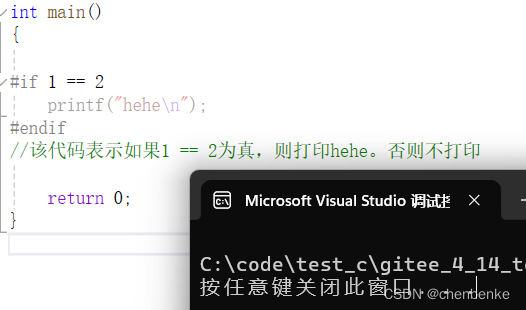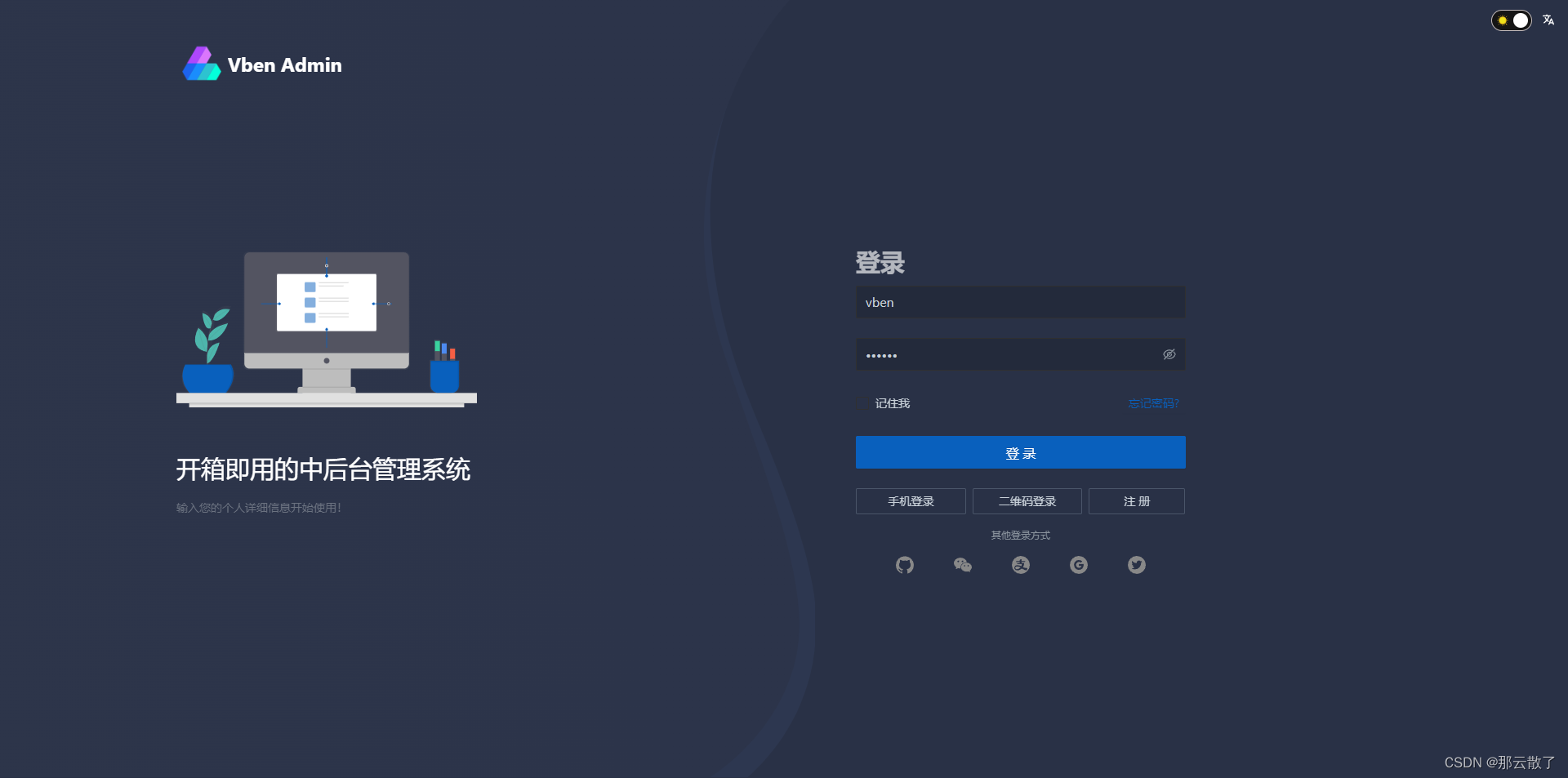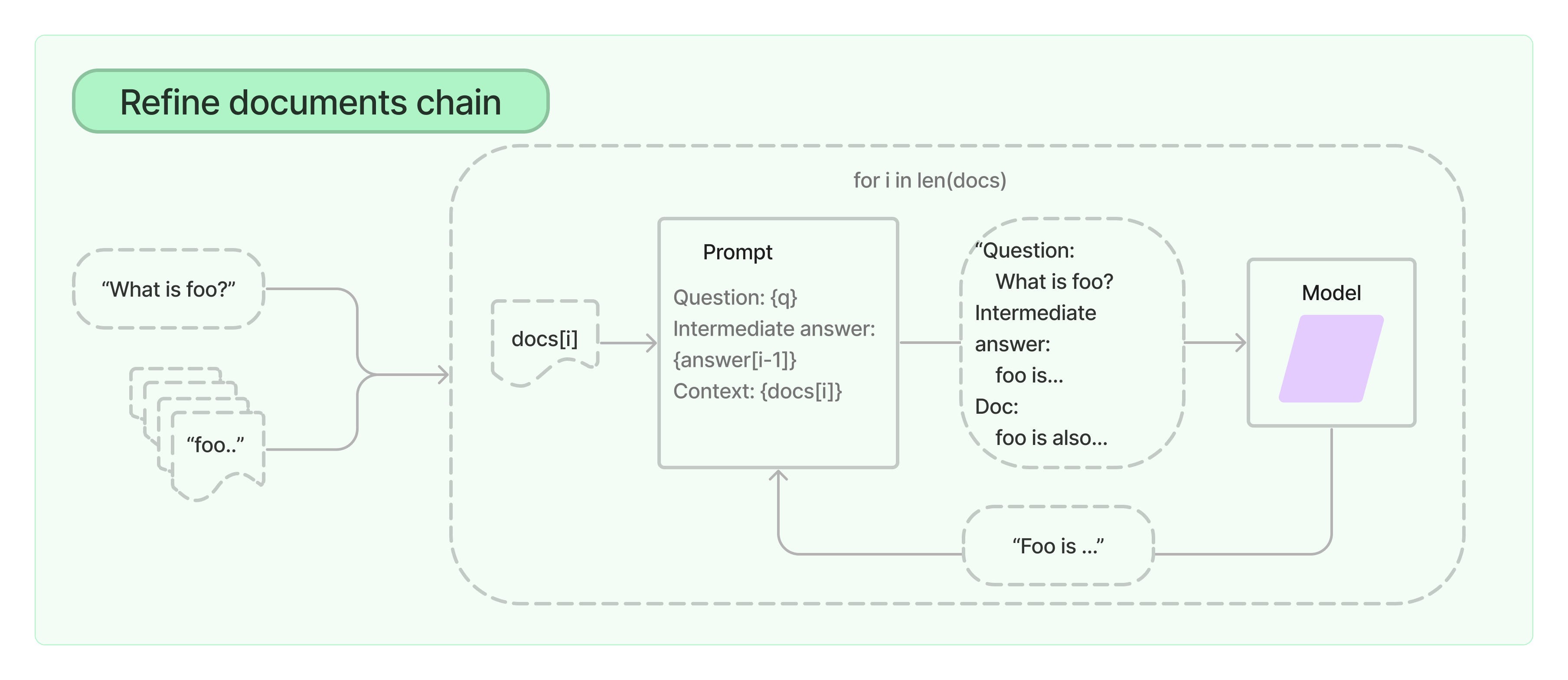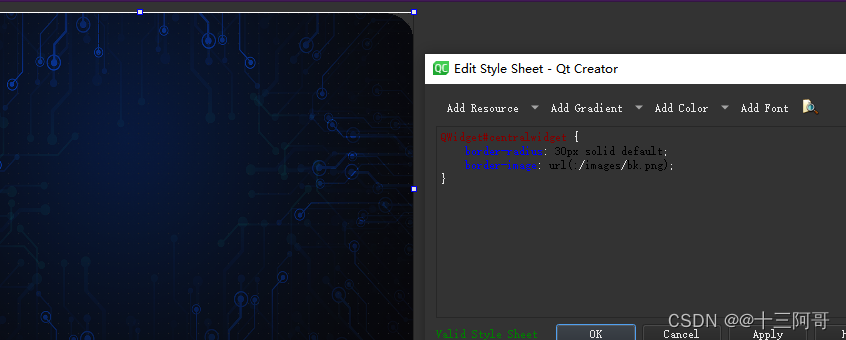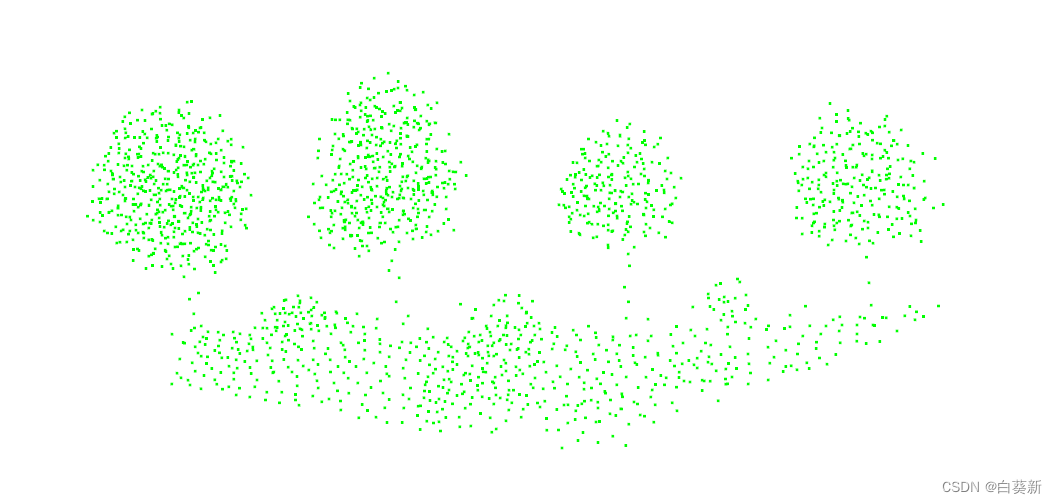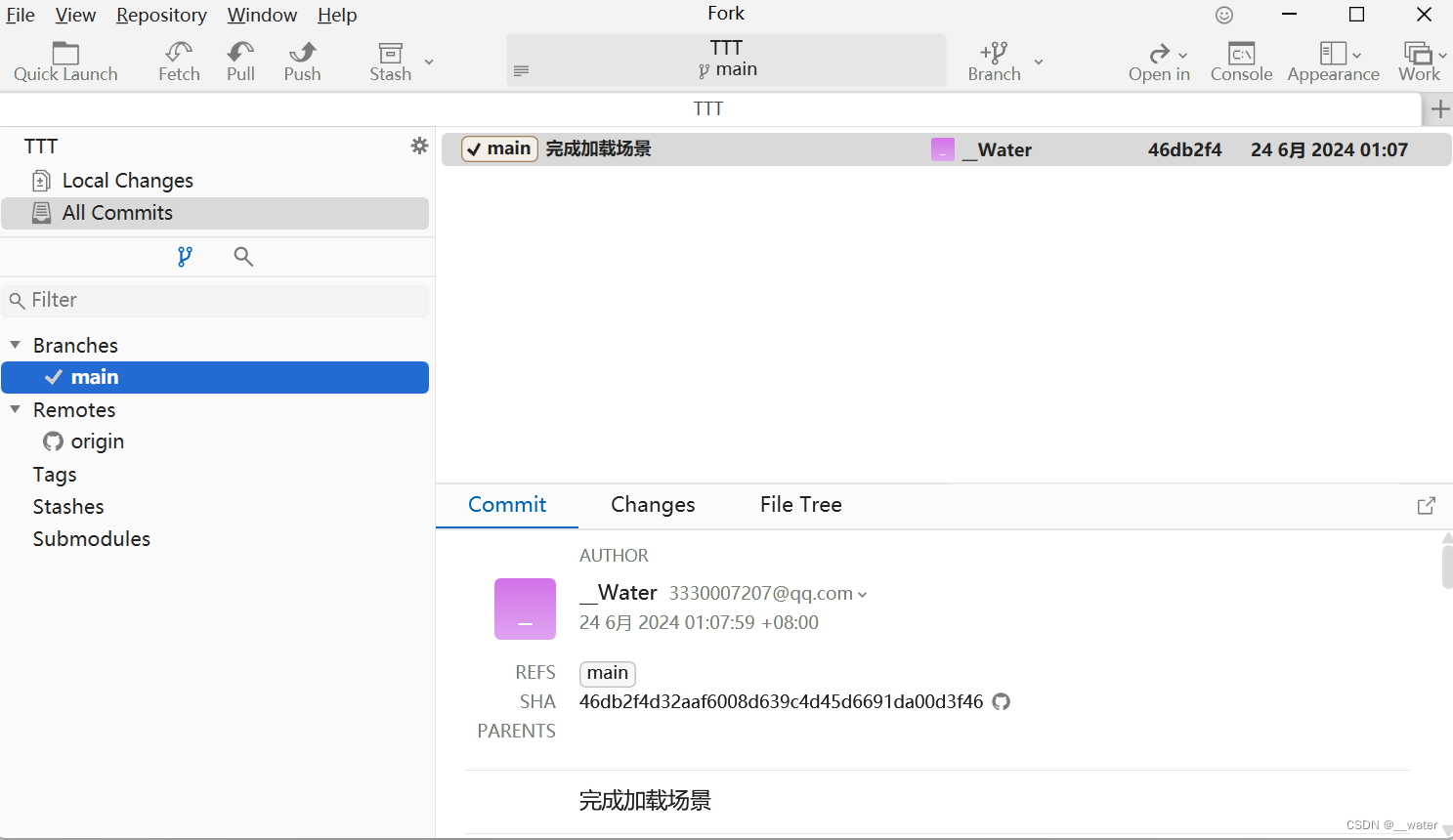ibd2sdi 是一个用于从 InnoDB 表空间文件中提取序列化字典信息(Serialized Dictionary Information, SDI)的实用程序。这个实用程序可以用于提取存储在持久化 InnoDB 表空间文件中的 SDI 数据。
可以对以下类型的表空间文件使用 ibd2sdi:
- 每个表一个文件(file-per-table tablespace files)的
.ibd文件 - 通用表空间文件(general tablespace files)的
.ibd文件 - 系统表空间文件(system tablespace files)的
ibdata*文件 - 数据字典表空间(data dictionary tablespace)的
mysql.ibd文件
但是,它不支持用于临时表空间(temporary tablespaces)或撤销表空间(undo tablespaces)。
ibd2sdi 可以在运行时或服务器离线时使用。在 DDL 操作、ROLLBACK 操作以及与 SDI 相关的撤销日志清除操作期间,可能会存在一个短暂的时间窗口,使得 ibd2sdi 无法读取表空间中存储的 SDI 数据。
ibd2sdi 对指定的表空间执行未提交的 SDI 读取操作,并且不访问重做日志(redo logs)或撤销日志(undo logs)。
要调用 ibd2sdi 实用程序,你可以使用类似以下的命令:
ibd2sdi [options] file_name1 [file_name2 file_name3 ...]ibd2sdi 支持多文件表空间,如 InnoDB 的系统表空间(ibdata* 文件),但每次只能对一个表空间文件进行操作。如果你想要对多文件表空间中的每个文件使用 ibd2sdi,你需要分别指定每个文件。
例如,如果你有一个名为 ibdata1 的系统表空间文件,并且想要提取其中的 SDI 信息,你可以这样做:
ibd2sdi ibdata1 ibdata2当处理多文件表空间时,确实需要按照页面编号的升序来指定这些文件。如果两个连续的文件具有相同的空间ID(space ID),则后一个文件必须从前一个文件的最后一个页面编号+1开始。
ibd2sdi 实用程序将 SDI(包含 id、type 和 data 字段)以 JSON 格式输出。这是一个非常方便的方式,因为 JSON 是一种广泛支持的数据交换格式,可以被许多编程语言和其他工具轻松解析。
ibd2sdi 选项
以下是 ibd2sdi 的一些常用选项,以及它们的简要说明:

显示帮助消息并退出。例如:
Usage: ./ibd2sdi [-v] [-c <strict-check>] [-d <dump file name>] [-n] filename1 [filenames]
See http://dev.mysql.com/doc/refman/8.0/en/ibd2sdi.html for usage hints.
-h, --help Display this help and exit.
-v, --version Display version information and exit.
-#, --debug[=name] Output debug log. See
http://dev.mysql.com/doc/refman/8.0/en/dbug-package.html
-d, --dump-file=name
Dump the tablespace SDI into the file passed by user.
Without the filename, it will default to stdout
-s, --skip-data Skip retrieving data from SDI records. Retrieve only id
and type.
-i, --id=# Retrieve the SDI record matching the id passed by user.
-t, --type=# Retrieve the SDI records matching the type passed by
user.
-c, --strict-check=name
Specify the strict checksum algorithm by the user.
Allowed values are innodb, crc32, none.
-n, --no-check Ignore the checksum verification.
-p, --pretty Pretty format the SDI output.If false, SDI would be not
human readable but it will be of less size
(Defaults to on; use --skip-pretty to disable.)
Variables (--variable-name=value)
and boolean options {FALSE|TRUE} Value (after reading options)
--------------------------------- ----------------------------------------
debug (No default value)
dump-file (No default value)
skip-data FALSE
id 0
type 0
strict-check crc32
no-check FALSE
pretty TRUE 显示版本信息并退出。例如:
显示版本信息并退出。例如:
ibd2sdi Ver 8.0.3-dmr for Linux on x86_64 (Source distribution)
打印调试日志。
ibd2sdi --debug=d:t /tmp/ibd2sdi.trace只有使用WITH_DEBUG构建MySQL时,此选项才可用。Oracle提供的MySQL版本二进制文件不是使用此选项构建的。

将序列化的字典信息(SDI)转储到指定的转储文件中。如果未指定转储文件,则表空间SDI将转储到stdout。
ibd2sdi --dump-file=file_name ../data/test/t1.ibd
跳过从序列化字典信息(SDI)中检索数据字段值,仅检索id和类型字段值,这是SDI记录的主键。
$> ibd2sdi --skip-data ../data/test/t1.ibd
["ibd2sdi"
,
{
"type": 1,
"id": 330
}
,
{
"type": 2,
"id": 7
}
]
检索与指定的表或表空间对象id匹配的序列化字典信息(SDI)。对象id对于对象类型是唯一的。表和表空间对象id也可以在mysql.tables和mysql.tablespace数据字典表的id列中找到。
$> ibd2sdi --id=7 ../data/test/t1.ibd
["ibd2sdi"
,
{
"type": 2,
"id": 7,
"object":
{
"mysqld_version_id": 80003,
"dd_version": 80003,
"sdi_version": 1,
"dd_object_type": "Tablespace",
"dd_object": {
"name": "test/t1",
"comment": "",
"options": "",
"se_private_data": "flags=16417;id=2;server_version=80003;space_version=1;",
"engine": "InnoDB",
"files": [
{
"ordinal_position": 1,
"filename": "./test/t1.ibd",
"se_private_data": "id=2;"
}
]
}
}
}
]
检索与指定对象类型匹配的序列化字典信息(SDI)。SDI是为表(类型=1)和表空间(类型=2)对象提供的。
此示例显示了测试数据库中表空间ts1的输出:
$> ibd2sdi --type=2 ../data/test/ts1.ibd
["ibd2sdi"
,
{
"type": 2,
"id": 7,
"object":
{
"mysqld_version_id": 80003,
"dd_version": 80003,
"sdi_version": 1,
"dd_object_type": "Tablespace",
"dd_object": {
"name": "test/ts1",
"comment": "",
"options": "",
"se_private_data": "flags=16417;id=2;server_version=80003;space_version=1;",
"engine": "InnoDB",
"files": [
{
"ordinal_position": 1,
"filename": "./test/ts1.ibd",
"se_private_data": "id=2;"
}
]
}
}
}
]由于InnoDB处理默认值元数据的方式,在给定表列的ibd2sdi输出中,即使没有使用default定义,默认值也可能存在且不为空。考虑在名为i的数据库中使用以下语句创建的两个表:
CREATE TABLE t1 (c VARCHAR(16) NOT NULL);
CREATE TABLE t2 (c VARCHAR(16) NOT NULL DEFAULT "Sakila");使用ibd2sdi,我们可以看到c列的default_value是非空的,实际上在两个表中都填充了长度,如下所示:
$> ibd2sdi ../data/i/t1.ibd | grep -m1 '\"default_value\"' | cut -b34- | sed -e s/,//
"AAAAAAAAAAAAAAAAAAAAAAAAAAAAAAAAAAAAAAAAAAAAAAAAAAAAAAAAAAAAAAAAAAAAAAAAAAAA\nAAAAAAAAAAA="
$> ibd2sdi ../data/i/t2.ibd | grep -m1 '\"default_value\"' | cut -b34- | sed -e s/,//
"BlNha2lsYQAAAAAAAAAAAAAAAAAAAAAAAAAAAAAAAAAAAAAAAAAAAAAAAAAAAAAAAAAAAAAAAAAA\nAAAAAAAAAAA="使用像jq这样的JSON感知实用程序可以更容易地检查ibd2sdi输出,如下所示:
$> ibd2sdi ../data/i/t1.ibd | jq '.[1]["object"]["dd_object"]["columns"][0]["default_value"]'
"AAAAAAAAAAAAAAAAAAAAAAAAAAAAAAAAAAAAAAAAAAAAAAAAAAAAAAAAAAAAAAAAAAAAAAAAAAAA\nAAAAAAAAAAA="
$> ibd2sdi ../data/i/t2.ibd | jq '.[1]["object"]["dd_object"]["columns"][0]["default_value"]'
"BlNha2lsYQAAAAAAAAAAAAAAAAAAAAAAAAAAAAAAAAAAAAAAAAAAAAAAAAAAAAAAAAAAAAAAAAAA\nAAAAAAAAAAA="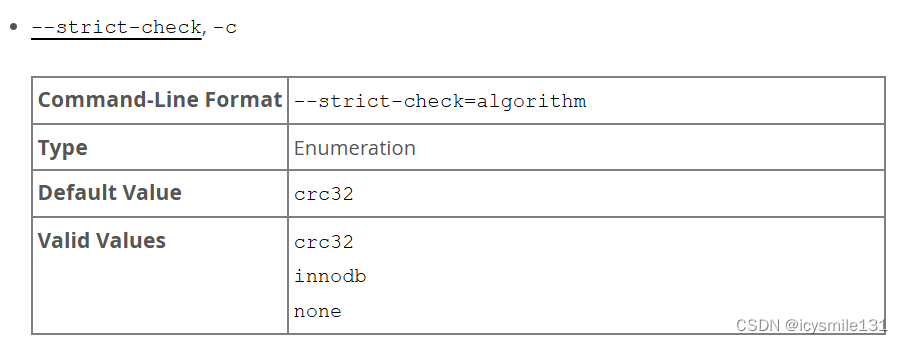
指定一种严格的校验和算法,用于验证所读取页面的校验和。选项包括innodb、crc32和none。
在本例中,指定了innodb校验和算法的严格版本:
ibd2sdi --strict-check=innodb ../data/test/t1.ibd在本例中,指定了crc32校验和算法的严格版本:
ibd2sdi -c crc32 ../data/test/t1.ibd如果没有指定--strict check选项,则会对非严格的innodb、crc32和none校验和执行验证。
 跳过已读取页面的校验和验证。
跳过已读取页面的校验和验证。
ibd2sdi --no-check ../data/test/t1.ibd
输出JSON pretty 打印格式的SDI数据。默认情况下已启用。如果禁用,则SDI不是人类可读的,但尺寸较小。使用--skip-pretty 来禁用。
ibd2sdi --skip-pretty ../data/test/t1.ibd
